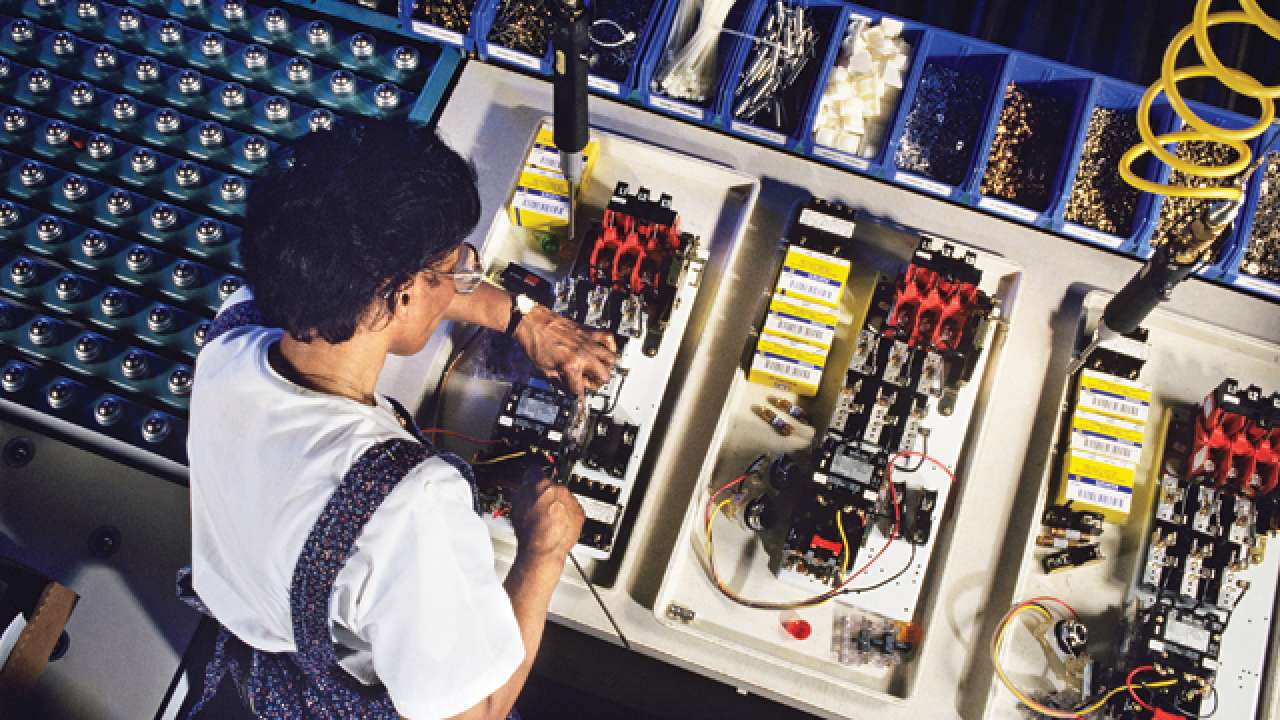
There is little doubt that the centre of gravity of the world is shifting to Asia. The rising aspirational population is in China, India and South East Asia. The economic dynamism-driven young populations ensure that Asia will continue to dominate global growth.
The growth, however, is not occurring in an equitable manner. Two recent reports show what India must do to accelerate its development agenda.
The reports, both done by Swiss financial services UBS, underline the emerging inequities in development. India’s billionaire count is rising but the country is lagging on innovators’ list.
Let’s take a look at the billionaires first. In 2016, the world had 1,542 billionaires with a combined wealth of $6 trillion. Their wealth had grown over the previous year from $5.1 trillion. The fascinating part is that Asia created more billionaires than the US and Europe in 2016.
The UBS PwC Billionaire reports says, “For the first time, Asian billionaires outnumbered their US counterparts. If the current trend continues, the total wealth of Asian billionaires will overtake that of their counterparts in the US in four years. Asia’s economic expansion saw, on average, a new billionaire every other day.”
So in 2016, every alternate day, a billionaire was created in Asia. The number of billionaires grew from 520 to 637 in the continent, while in the US, the growth was flatter at 538 to 563. Europe was largely the same with number of billionaires increasing from 339 to 342. This in a year when global growth in 2016 grew marginally to 3.4 per cent.
Many of these billionaires created were in China and India. “Three quarters of the newly minted billionaires are from the region’s two biggest economies — China and India. China had by far the highest number, adding a net 67 to total 318. India’s billionaire population climbed 16 to 100.” India’s billionaire population grew more than fivefold last year. By itself, there is nothing troubling over the rise of billionaires in India. At the bottom of the socio-economic structure, there have been positive changes too. More than 300 million Indians have joined the financial mainstream with new bank accounts in the last couple of years. This is no mean achievement.
The concern however is on another front. The other report by UBS Securities Asia shows that India continues to lag on the innovation front. Despite the vibrant and growing startup ecosystem and despite the presence of Indian MNCs, India’s spending on research and development (R&D) remains poor. It spends a miserly 0.6 per cent of its GDP on it. For every thousand worker, India has only one active researcher. To compare, Israel spends 4.27 per cent of its GDP on R&D with over 23 researchers per thousand workers.
Overall, Asia is doing well on the innovation front, as well as on R&D. “Asia’s R&D is likely to exceed the combined spending in both the US and Europe by 2020.” However, there is a clear divide between North and South Asia.
“On our measures, north Asia is competitive and rising fast on innovation metrics. Korea is a standout. But China has rocketed up our metrics since the mid-2000s,” says the report.
The other half isn’t doing so well. “The picture for south Asia is less rosy. There is one pocket of real strength — Singapore. Malaysia and India score well on some metrics, particularly education. But the region overall is in danger of missing out on an innovation dividend. On some of our metrics, south Asia has actually regressed since the mid-2000s,” says the report.
The bright part about India is that even though it lags on R&D spend, its ranking in the UBS Innovation Index has improved by one level to 13. “Elite Indian universities are better than Israel and not far off the level of Taiwan. The breadth of innovation inputs may not be high in India, but the tip of the iceberg is sharp,” says the report.
Taken together, these two reports point to a fact that while wealth and capital is not scarce, its deployment is being done poorly. Large Indian institutions — corporate and academic — have to step up their efforts and investments in science and technology. The need to reform the higher education systems to encourage research and align it to commercial and social outcomes has been emphasised for long. However, the situation on ground is not changing fast enough. As the report highlights, if India (and South Asia) don’t improve rapidly, their economic growth will be built on borrowed expertise. South Korea and Israel offer models of approach that India must adopt and emulate. More billionaires are welcome, but we desperately need million more innovators.
The author is an economic analyst and author of Kranti Nation: India and The Fourth Industrial Revolution